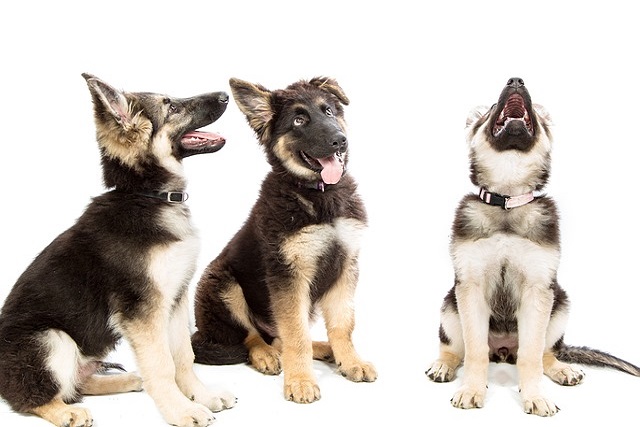
What are the five golden rules of dog training?
Training a dog isn't just about teaching tricks—it's about building trust, communication, and a harmonious life together. But with so much advice out there, it can be hard to know where to start.
Finding your rescue dog growling at neighbors in your Brooklyn walk-up? That pit in your stomach is understandable – but let’s clarify what’s possible upfront: While true elimination of aggression is medically unrealistic, professional aggression modification training can successfully manage most cases to create safe, predictable behavior. The outcome depends on three pillars: identifying the root cause (medical, fear, or resource-related), commitment to science-backed methods, and strict compliance with animal welfare laws.
Start with neuroscience: Aggression stems from the amygdala’s threat response. Punishments like alpha rolls or shock collars flood the brain with cortisol, worsening defensive reactions and risking human injury. Instead, certified trainers use counter-conditioning protocols:
Identify triggers at sub-threshold distances (e.g., stranger 50 feet away)
Pair trigger appearance with high-value rewards (chicken bits)
Gradually decrease distance only when calm
This rewires neural pathways from "threat" to "reward predictor."
Critical first step: Rule out medical causes. Pain-induced aggression accounts for 25% of cases – a Seattle vet clinic recently found a tooth abscess causing a Labrador’s sudden snapping. Always complete required vaccines (rabies by 16 weeks nationally) before behavioral consults.

Now, the non-negotiable compliance framework:
Legal obligations: In California, failure to report bites risks misdemeanor charges. Always use basket muzzles during training walks – fabric muzzles restrict panting and are illegal in UK heat. Carry EPA-rated biodegradable bags; uncollected waste during reactivity episodes can incur $350 fines in Chicago.
Housing realities: For apartment dwellers, install visual barriers on street-facing windows to reduce triggers. Notify landlords about training – NYC requires documentation for "dangerous dog" designations.
Cultural red lines: Dominance-based methods violate AVSAB guidelines and German animal welfare laws. Positive reinforcement isn’t optional – a 2023 Ohio court ruled punitive training constituted animal cruelty.
Veterinary behaviorist intervention becomes essential for:
Bite histories exceeding Level 2 (skin contact)
Neurological conditions diagnosed via MRI
Cases requiring medication like fluoxetine
While resource guarding might improve in 8-12 weeks with daily drills, genetic aggression in poorly-bred dogs often requires lifelong management. Success means no incidents for 2+ years – achievable for 68% of cases per AVSAB data when using force-free safe dog rehabilitation protocols.
Remember: Aggression management is a marathon. That muzzle isn’t failure – it’s your commitment to community safety and your dog’s wellbeing.

Training a dog isn't just about teaching tricks—it's about building trust, communication, and a harmonious life together. But with so much advice out there, it can be hard to know where to start.

You’ve just welcomed a ball of fur into your home, and as you watch them explore every nook and cranny, a pressing question pops up

Let’s be honest: scrubbing urine out of your apartment carpet at midnight isn’t anyone’s dream. While true accelerated potty training methods can significantly speed up the process,

Let’s be real: that adorable 10-week-old Golden Retriever isn’t plotting to ruin your rugs. But when you’re mopping up your third puddle before noon,

The first few weeks with a new puppy are a whirlwind of wagging tails and chewed-up slippers. Amidst the chaos, teaching your fur baby to lay down on command is like unlocking a secret superpower.

You’ve just returned home after a long day, looking forward to a relaxing evening. Instead, you’re greeted by the unpleasant smell of urine and the sight of a mess on your brand - new rug.